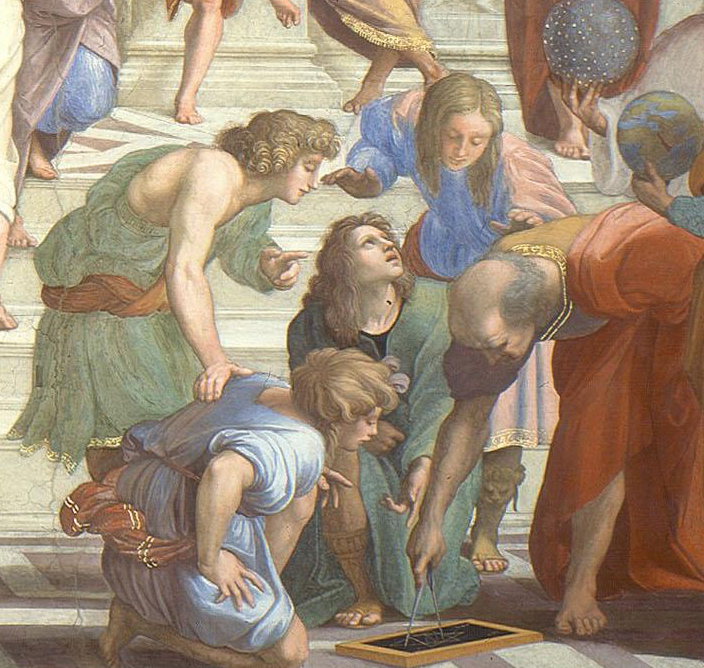American Narratives
American narrative painting has tended to favor local history and social settings. Perhaps out of a desire to distance America from the restrictive traditions of Europe — most notably, the class system, aristocratic tastes, and government-supported artistic organizations — many of the most significant works of American narrative art express pride in the nation's history and an understanding of American ways of life.
The stories are not all comforting and affectionate, though — witness the Rockwell painting of Ruby Bridges on her way to a formerly segregated school, the Goodacre Vietnam Women’s Memorial, and James Earle Fraser’s End of the Trail. Classical myths and European history — the kind of content so often seen in European narrative painting — are conspicuously absent in the outstanding works of American narrative art. Traditional techniques — perspective, modeling, realistic social situations and expressive faces and gestures — still owe a sizable debt to European technique. But American national history — its triumphs and tragedies, humor and injustice — have been material enough to engage the talents of the narrative artists of America included in this room of the Virtual Museum.
Click the image or text below for a full view and discussion













